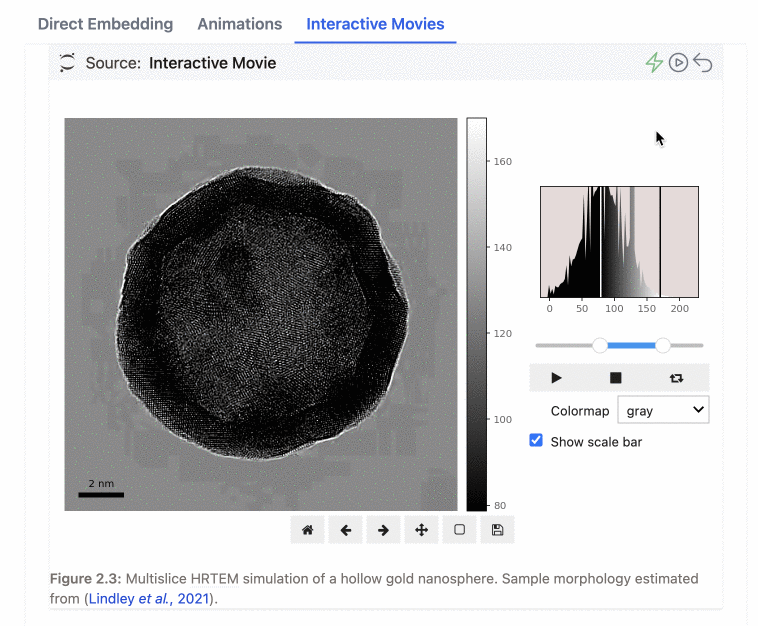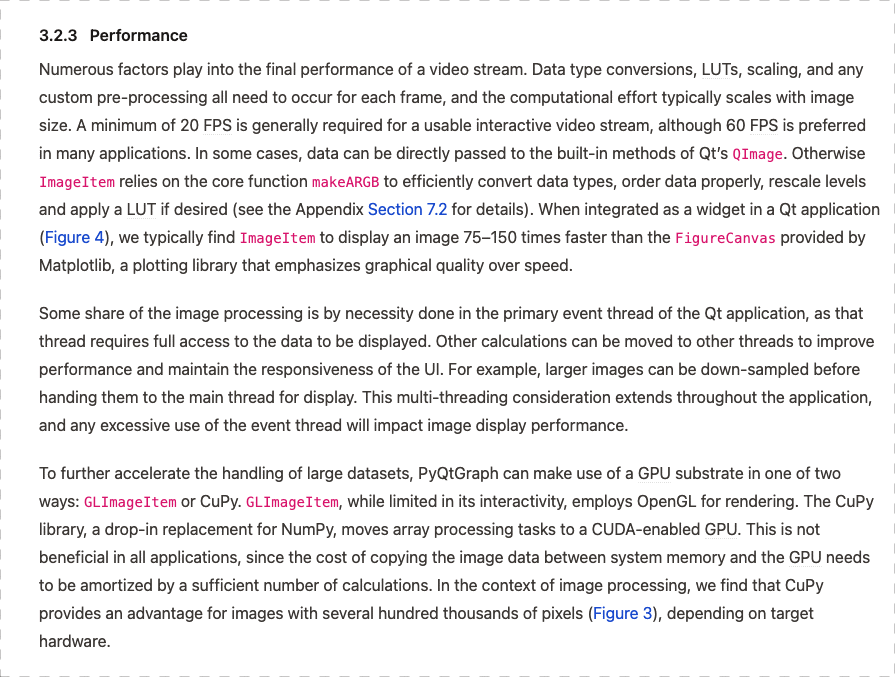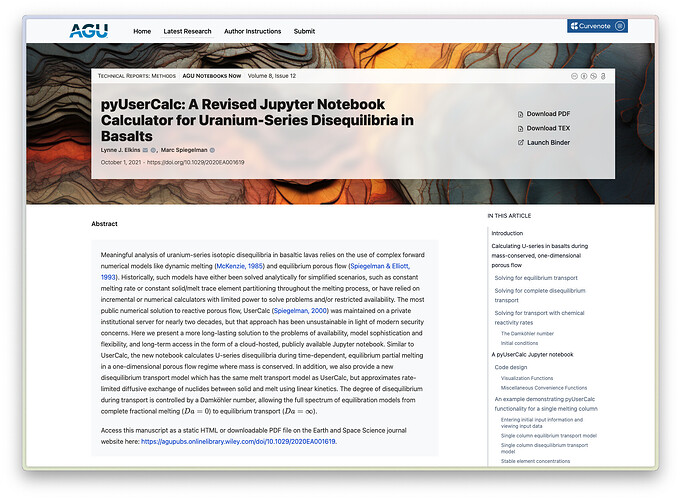I am surprised that the search function of the forum does not find any mentioning of Quarto (https://quarto.org). After some investigation and trying things out, it seems to me that Quarto is an important development for the publishing workflow in OJS. With the proper template, it can definitely streamline the layout editing of accepted articles. Since Quarto-files are just text files, OJS could easily (at least in my view) include support for this format in submission, reviewing, and copy editing. This would lead to a more efficient workflow and encourage authors to submit in this format.
Concerning reproducibility, Quarto allows for the inclusion and execution of code chunks in R, Python, and other languages and can therefore make the analysis much more transparent.
I can add more to this topic. At the moment, I just want to explore whether there is interest and whether there are discussions and developments in this direction that are just not reflected in the forum.
@gunthermaier , thank you! I came here looking for info about quarto manuscripts, particularly how the MECA bundle might be used. Certainly, it seems, submissions could be accepted as the meca.zip folder, but individual orgs could leverage quarto on the back end to style and render articles in their own instances of OJS. I appreciate the multiple formats that can be rendered, specifically html, which is challenging for small, low-budget publishers, but also MS Werd and PDF, which seem to be relatively easy to template in Quarto.
I am definitely interested in this conversation in the context of two separate journals.
I was recently proposing to study Quatro deeper as a tool to support OJS internal workflow based on JATS, but it was a proposal based on what I read and I have no experience with it.
Has anyone tested it? How could it be integrated and what exactly would it bring over pandoc apart from a good template system (which is no small thing)?
Could you please share more info about the MECA bundle?
I tried to search it without no luck.
Hi Mark,
you raised a couple of questions: (1) I used Quarto recently in the context of R and code chunks. In the core it is a Markdown dialect that integrates most (all?) features one needs for academic publishing (e.g., bibliography and references, LaTeX-type math., footnotes, crossreferences, etc.). Quarto heavily USES Pandoc. The advantage, in my view, is that Quarto allows and resolves code chunks in R, Python, and a few other languages, and that it sets one specific input type for the conversion in Pandoc. Pandoc allows the conversion from many different formats into many. But, in an efficient workflow one may not like all this flexibility.
In my view, the use of Quarto would streamline the OJS workflow and avoid some of the breaks that are in there. In my view, this could apply to refereeing where referees could directly comment on submissions in Quarto-format (Quarto 1.4 includes commenting options). Most importantly, it would apply to layout editing, where with the proper extension (template) the layout editor could convert a Quarto document plus a bibtex file directly into PDF, HTML, or any other required format (ebook, audio).
The comment I hear frequently is that people want to use Word because of the option to track changes. In my view, it is critical to integrate this option (or something close) into the editors. In my view, this should not be too difficult.
Hi Mark,
this is where I found something about MECA bundle: https://quarto.org/docs/manuscripts/components.html. It seems to be new in Quarto 1.4
Hi all - adding a bit of context about the MECA bundles. There has been an initiative sponsored by the Sloan foundation for the past year by the American Geophysical Union (AGU) called Notebooks Now, which is aiming to integrate computational notebooks into the scientific literature (with interactivity, reproducibility and an overall better reading experience).
Both the Quarto (https://quarto.org) and the MyST projects (https://mystmd.org) integrated with MECA and improved their JATS 1.3 export directly from notebooks+markdown. This is now being adopted by AGU using the mystmd rendering pipeline, a few screenshots below!


